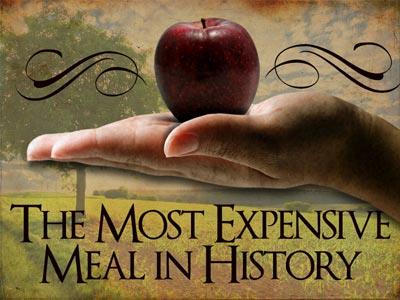-
The Brazen Altar And Laver Series
Contributed by Rodney Fry on Nov 28, 2017 (message contributor)
Summary: we will walk through that gate on our way toward the presence of God, represented by the fire burning on the mercy seat in the Holy of Holies inside the tabernacle.
The Brazen Altar and Laver
By: Bro. Rodney A. Fry - Pastor New Hope Baptist Church
Exodus 27: 1 –8 30: 17-21
Last week in our study we stood before the awesome, white-curtained fence that surrounded the courtyard in which that unusual tent of worship stood. We saw that the pure, white linen that formed the fence represented the righteousness of God. And we also saw that it was this perfection and holiness that kept sinful people away from God.
As we circled the courtyard, we discovered that there was only one gate. And with great relief and joy, we saw that the curtains of this gate-blue, purple, scarlet, and white-represented the redeeming characteristics of Jesus. We saw that he is the one Door into the presence of God. As we receive him, his righteousness becomes our righteousness, and we are able to stand in God’s presence and be accepted by him.
Tonight we will walk through that gate on our way toward the presence of God, represented by the fire burning on the mercy seat in the Holy of Holies inside the tabernacle.
I. The brazen altar.
The first object we encounter as we enter the courtyard is the brazen altar, the place of sacrifice. The brazen altar foreshadowed the cross on which Christ shed his blood for the sins of the world (Exod. 27:1-2).
A. This impressive altar was seven and a half feet square, standing four and a half feet high.
On the hot coals of the altar lay the sacrificial lamb, which had been slain and was being offered as a burnt offering to God for the sins of the people. The lamb being sacrificed represents Christ, who shed his blood and gave his life that our sins might be forgiven.
We can see that the altar represents sacrifice. After the floodwaters had receded in Noah’s day, the first thing Noah did when he and his family stepped out of the ark onto dry land was to build an altar. In Genesis 12 we read that Abraham built an altar even before he pitched his tent. These men were careful to put God first in their lives.
The first and most important lesson we learn as we approach this altar is that something must be done there that we cannot do for ourselves. A sacrifice must be offered in our stead; innocent blood must be shed.
B. Let’s look a bit more closely at this altar itself.
It was made of wood and covered with brass. Brass, in the Old Testament, was considered the most fire-resistant of all metals. In fact, the brass of the Old Testament probably was closer to our copper than it was to the brass we know today. Brass represents the fierceness of God’s wrath against sin.
The altar was foursquare, saying to us that the gospel message is for the whole world-north, south, east, and west, for all people everywhere.
This is what Jesus meant when he said, "Go ye into all the world, and preach the gospel" (Mark 16:15).
Wood speaks of the humanity of Jesus; he was God manifest in the flesh. Brass is that which is capable of enduring fire. While he hung on the cross, our Lord endured the awful fire of God’s wrath on the sins of the world, which had been placed on him.
C. The altar stood flat on the desert sand in the courtyard.
It was not on some high - exalted place. There were no steps to climb, leading up to it. It was right on the ground, level with sinful humans. This was not true of pagan altars on which sacrifices were made to false gods. They were always in high places, with steep, ascending steps, making it difficult for people to reach them.
Therefore, the brazen altar could be approached with no effort. There were no steps up to the altar - no "stepping stones" to Christ, no –“good works" required in order to be saved. We come to God just as we are. God meets us at the point of our need and there provides complete salvation.
II. The laver, or basin.
Having identified with the spotless lamb being offered as a sacrifice the altar, we proceed to the only other piece of furniture in the courtyard that stands between the tabernacle and us. It is the laver, or the washing basin (Exod.30: 18-21).
A. Where did Moses get the brass for making the laver?
Exodus 38:8 says that he made it "of the looking glasses of the women." Mirrors of that time were made of polished brass.
The laver is the "second step" in our progress toward God’s presence. It is a type of the Word of God. Paul teaches us that the Word of God is like water. As we read and study it, we are "washed" and “cleansed". The Word of God has a purifying and cleansing effect on us.

 Sermon Central
Sermon Central


